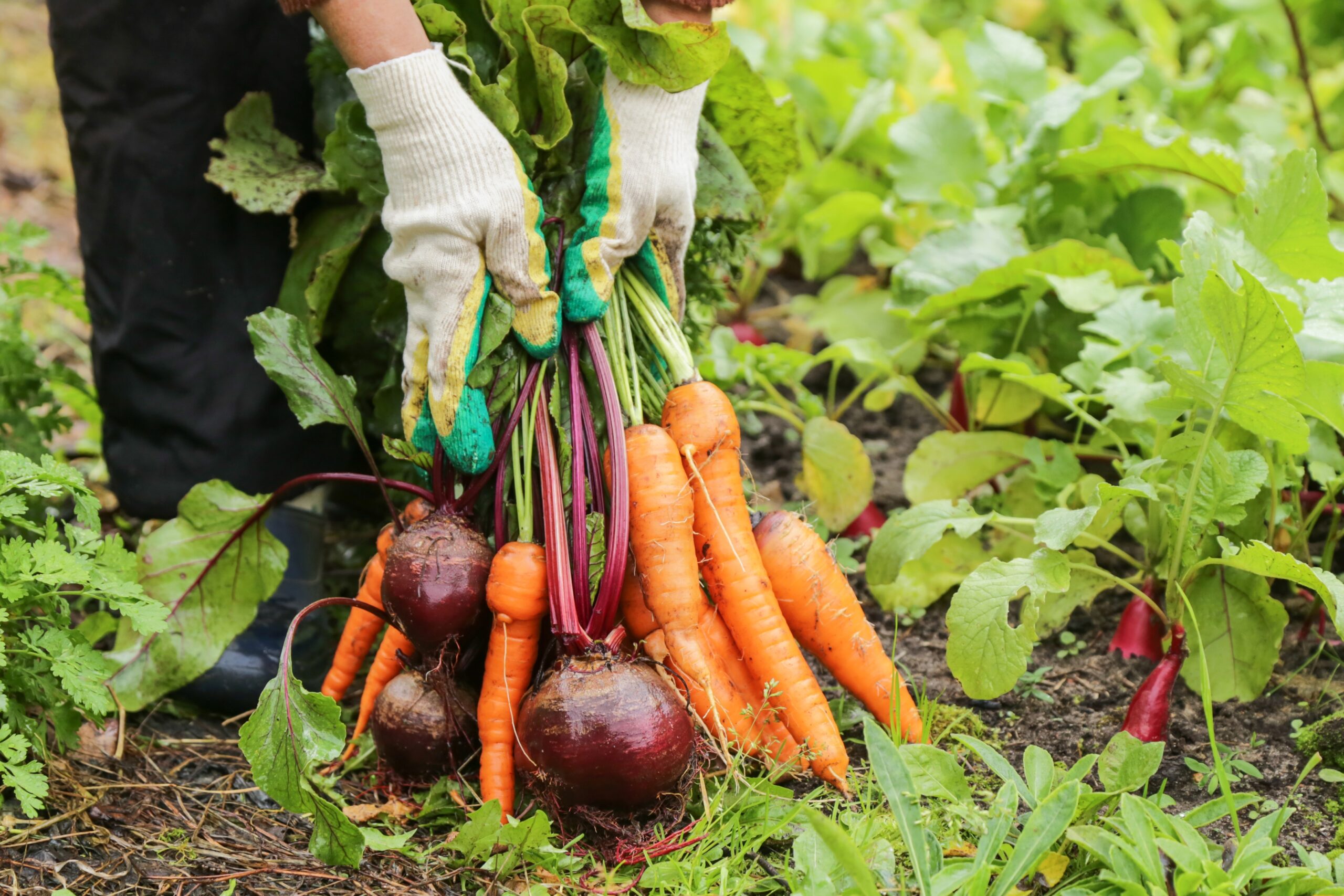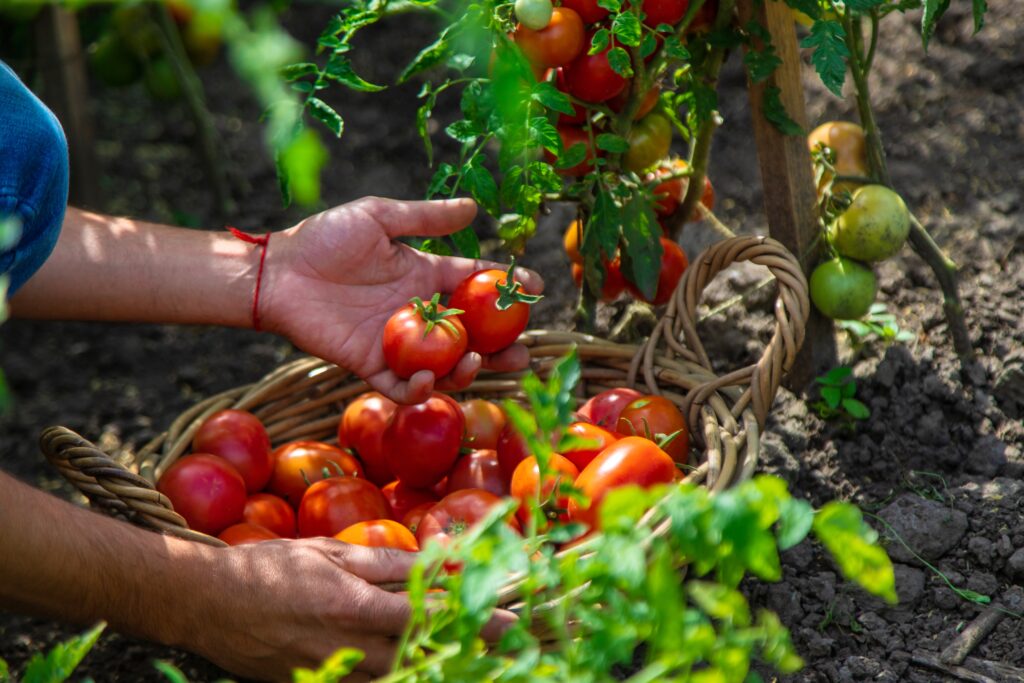
Grow Your Own Food: A Beginner’s Guide to Vegetable Gardening
From lettuce to tomatoes — start small, dream big.
Growing your own food is one of the most rewarding and sustainable hobbies you can take up. Whether you’re working with a sprawling backyard or a sunny windowsill, you can cultivate vegetables that taste better, cost less, and reduce your carbon footprint. In this beginner’s guide, we’ll walk you through everything you need to know—from choosing your first crops and understanding your soil, to planting, caring, and harvesting with confidence. No green thumb required.
Outline
- Why Grow Your Own Food?
- Choosing the Right Location
- Easy Vegetables for First-Time Gardeners
- Tools & Materials You’ll Need
- Soil Preparation & Compost Basics
- Watering & Sunlight: Getting the Balance Right
- Common Mistakes to Avoid
- Harvesting Tips & When to Pick
- Final Thoughts
Why Grow Your Own Food?
There are so many reasons to start a vegetable garden:
- Taste: Nothing beats a tomato picked minutes before dinner.
- Savings: Homegrown produce can dramatically reduce grocery bills.
- Health: You control what goes into your food—no chemicals or unnecessary packaging.
- Sustainability: Fewer food miles, less waste.
- Joy: Watching seeds turn into dinner is deeply satisfying.
🌱 You don’t need a farm—just a little curiosity and sunlight.
Choosing the Right Location
Location is everything.
Your ideal garden spot should be:
- Sunny: Most veggies need at least 6 hours of direct sunlight daily.
- Sheltered: Avoid strong winds that can damage plants.
- Well-drained: Soggy soil is a recipe for root rot.
Got no garden? No problem. You can grow vegetables in:
- Containers on a balcony
- Raised beds in a small yard
- Hanging baskets or window boxes
- Indoors near a sunny window

Easy Vegetables for First-Time Gardeners
Not all vegetables are created equal—start with ones that are low-maintenance, quick-growing, and productive.
| Vegetable | Why It’s Great for Beginners |
|---|---|
| Lettuce | Fast-growing, cut-and-come-again |
| Radishes | Ready in 3–4 weeks, minimal care |
| Tomatoes | High yield, especially in pots |
| Green beans | Easy, climbing or bush varieties available |
| Zucchini (courgette) | Prolific, versatile, easy to harvest |
| Herbs (basil, parsley, chives) | Great for pots, constant harvest |
Tools & Materials You’ll Need
Basic Essentials:
- Trowel
- Watering can or hose
- Gardening gloves
- Containers or raised beds (if needed)
- Compost or good-quality soil
- Stakes or trellis (for climbing plants)
Start small—buy only what you’ll use.
Soil Preparation & Compost Basics
Good vegetables start with good soil. It should be:
- Loose and crumbly, not compacted
- Nutrient-rich and well-draining
How to Improve Your Soil:
- Add compost—this feeds plants and improves texture
- Use mulch (straw, bark, leaves) to retain moisture
- Avoid walking on planting beds—this compacts the soil
Compost tip: Start your own pile using food scraps, grass clippings, and leaves. It’s free gold for your garden.
Watering & Sunlight: Getting the Balance Right
Watering:
- Water deeply, not frequently—this encourages deep roots
- Morning is best to avoid evaporation and mildew
- Avoid overhead watering to reduce leaf diseases
Sunlight:
- Ensure at least 6 hours of direct sun daily
- Leafy greens can tolerate partial shade
- Tomatoes, peppers, and beans love full sun
Common Mistakes to Avoid
Here’s what many new gardeners get wrong (and how to fix it):
| Mistake | Fix |
|---|---|
| Overwatering | Stick your finger in the soil—only water if it’s dry 2cm down |
| Crowding plants | Give them space—read seed packets for spacing info |
| Neglecting pests | Check leaves often for bugs or holes |
| Growing too much | Start small—3–5 crops is plenty for beginners |
Nature isn’t perfect—don’t panic if something gets nibbled.
Harvesting Tips & When to Pick
Knowing when and how to harvest is key to tasty results.
General Rules:
- Pick leafy greens early and often
- Harvest beans and peas when plump, before they get tough
- Pick zucchini while still small for best flavour
- Tomatoes should be fully coloured and slightly soft to the touch
Always use scissors or a sharp knife to avoid damaging the plant.
Final Thoughts
Growing your own food is empowering. It brings nature closer, saves money, and turns your meals into something you created.
Start with a few pots, a patch of ground, or a raised bed. Choose 3–5 vegetables. Give them sun, water, and attention. Watch your garden grow—and enjoy every bite.
From seed to salad, your food has never tasted better.